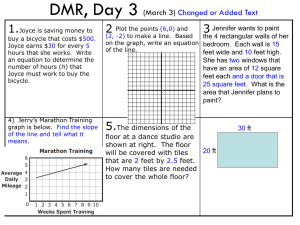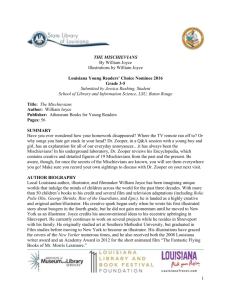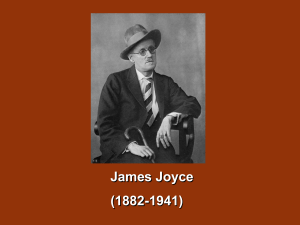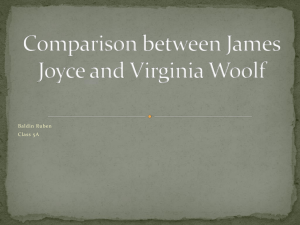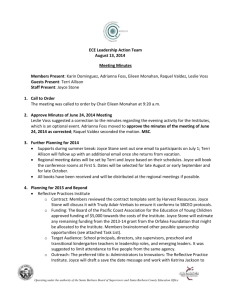docx - Academic Integrity Standards Project
advertisement
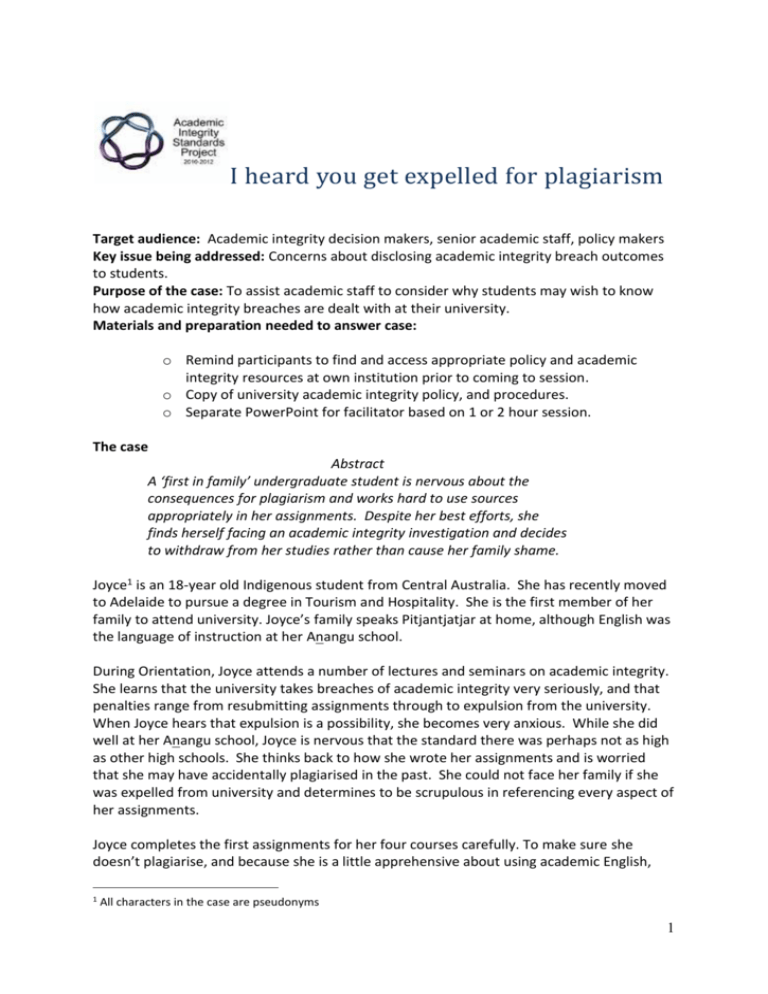
I heard you get expelled for plagiarism Target audience: Academic integrity decision makers, senior academic staff, policy makers Key issue being addressed: Concerns about disclosing academic integrity breach outcomes to students. Purpose of the case: To assist academic staff to consider why students may wish to know how academic integrity breaches are dealt with at their university. Materials and preparation needed to answer case: o Remind participants to find and access appropriate policy and academic integrity resources at own institution prior to coming to session. o Copy of university academic integrity policy, and procedures. o Separate PowerPoint for facilitator based on 1 or 2 hour session. The case Abstract A ‘first in family’ undergraduate student is nervous about the consequences for plagiarism and works hard to use sources appropriately in her assignments. Despite her best efforts, she finds herself facing an academic integrity investigation and decides to withdraw from her studies rather than cause her family shame. Joyce1 is an 18-year old Indigenous student from Central Australia. She has recently moved to Adelaide to pursue a degree in Tourism and Hospitality. She is the first member of her family to attend university. Joyce’s family speaks Pitjantjatjar at home, although English was the language of instruction at her Anangu school. During Orientation, Joyce attends a number of lectures and seminars on academic integrity. She learns that the university takes breaches of academic integrity very seriously, and that penalties range from resubmitting assignments through to expulsion from the university. When Joyce hears that expulsion is a possibility, she becomes very anxious. While she did well at her Anangu school, Joyce is nervous that the standard there was perhaps not as high as other high schools. She thinks back to how she wrote her assignments and is worried that she may have accidentally plagiarised in the past. She could not face her family if she was expelled from university and determines to be scrupulous in referencing every aspect of her assignments. Joyce completes the first assignments for her four courses carefully. To make sure she doesn’t plagiarise, and because she is a little apprehensive about using academic English, 1 All characters in the case are pseudonyms 1 Academic integrity standards project: Aligning policy and practice in Australian universities (2010-2012) Joyce provides quotes in nearly every paragraph of her assignment, and includes appropriate in-text references. To her great dismay, Joyce fails every assignment. Her lecturers explain that she is expected to use ‘critical thinking’ and that cutting and pasting quotations does not demonstrate her understanding of the topic. For the next assignments, Joyce rewrites all the material in her own words, and provides appropriate in-text references. Again, she fails every assignment. Her lecturers explain that her arguments were ‘incoherent’ and lacked a central thesis. Joyce is becoming increasingly apprehensive about her studies, but after making some friends from one of her tutorial classes, learns of a new strategy to write her assignments. The students advise her to copy the words directly from the source (books would be best, rather than internet sources), provide in-text references, but only occasionally use quotation marks for longer, indented quotes. Joyce tries this method and is pleased to receive Credits and Distinctions for her next assignments. Her tutors provide positive feedback and encourage her on her excellent progress. Joyce manages to pass all of her courses and proceeds to the second semester. Her family and community are very proud of her achievements. At around this time, the university sets up a new assessment process whereby all assignments are automatically submitted to text comparison software. Joyce continues to sign the mandatory assignment cover sheet stating “I declare the work in this document to be my own, except where acknowledgement of sources is made”. Within a day of submitting her first assignment under this new process, Joyce receives an automatically generated email, stating that her work has been forwarded the Academic Integrity Officer for investigation. Frightened and anxious, Joyce asks her various friends what they think will happen and she receives conflicting information. Some say, ‘Don’t worry. You’ll probably just have to do the assignment again’. Others tell stories of students who were suspended or even expelled. Joyce goes online and trawls through the university’s 100 page academic integrity policy. The policy has all sorts of information, but nowhere can she find examples of similar situations and details of how the university responded. Joyce cannot determine whether she has committed an ‘intentional’ breach of academic integrity requiring a serious penalty or an ‘inadvertent’ breach which has an educational response. Joyce recalls her Orientation earlier in the year and is convinced that she will be expelled. With the meeting with the Academic Integrity Officer looming, and not wanting to shame her family by being expelled, Joyce decides to quit her university studies and return to her hometown. Questions for discussion 1. Based on your own university’s policy, do you think Joyce committed an academic integrity breach? 2. How would your university respond to this situation? 3. What do you think would be an appropriate outcome for Joyce’s actions? 4. How might the academic integrity process provide reassurance to students that they will not be unduly penalised? 2 Academic integrity standards project: Aligning policy and practice in Australian universities (2010-2012) 5. Do you think universities should make available to students and the broader academic community information about academic integrity breaches and the associated outcomes/penalties? a. How might this be done? b. What are the advantages of providing breach outcome information to students? c. What are the disadvantages? Support for this project/activity has been provided by the Australian Government Office for Learning and Teaching. The views in this project do not necessarily reflect the views of the Australian Government Office for Learning and Teaching. This work is licensed under a Creative Commons Attribution-NonCommercial-ShareAlike 3.0 Australia License. 3
